What is the potential of user-driven energy efficiency in historic buildings?
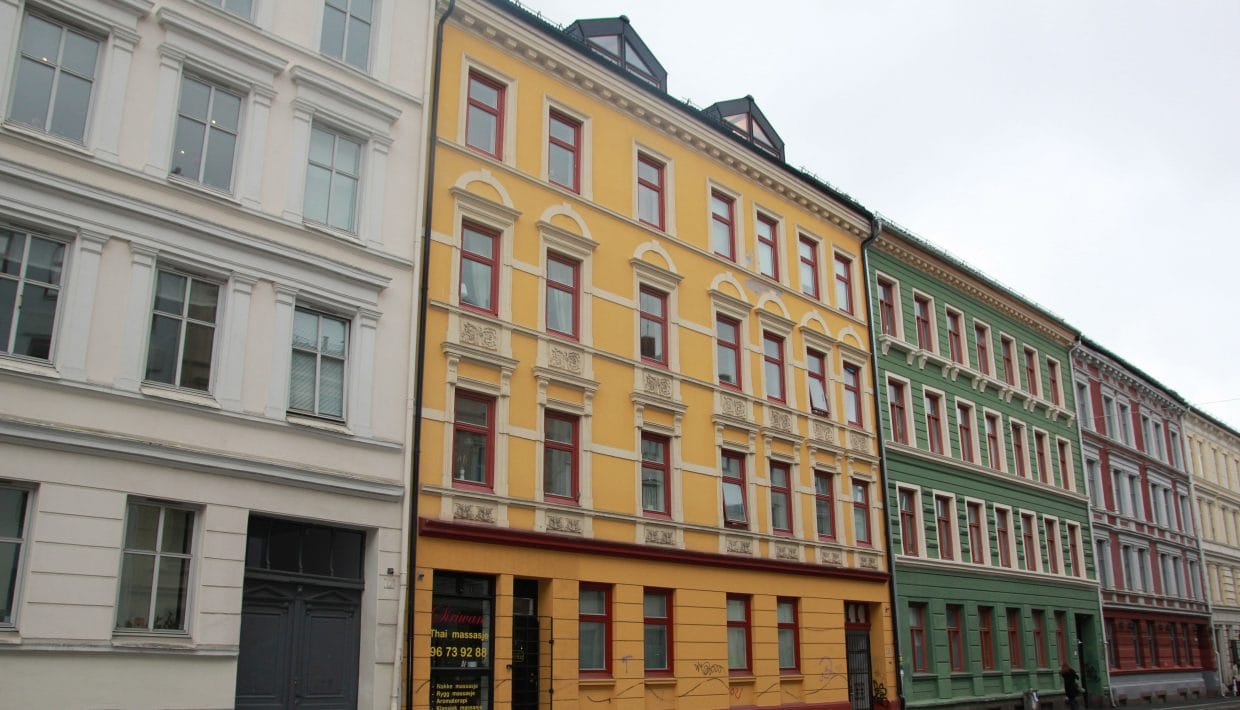

What is the potential of user-driven energy efficiency in historic buildings?
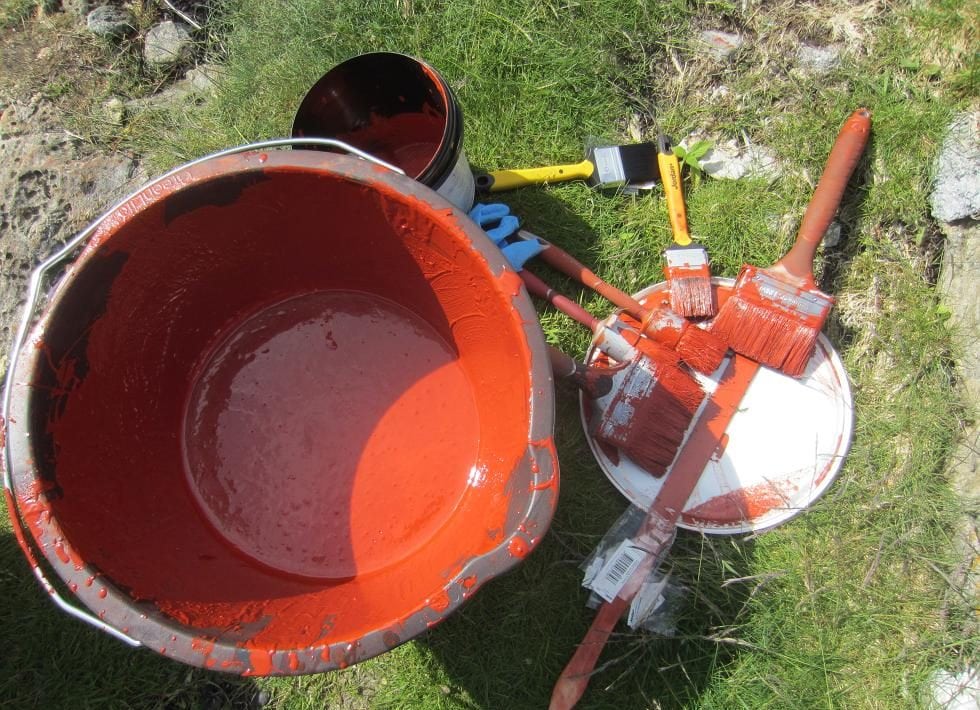
Helgeland Museum and the Norwegian Institute for Cultural Heritage Research at the painting conservator Tone Olstad in collaboration with Vel Bevart! Arranged recently a tran painting workshop at Vega.
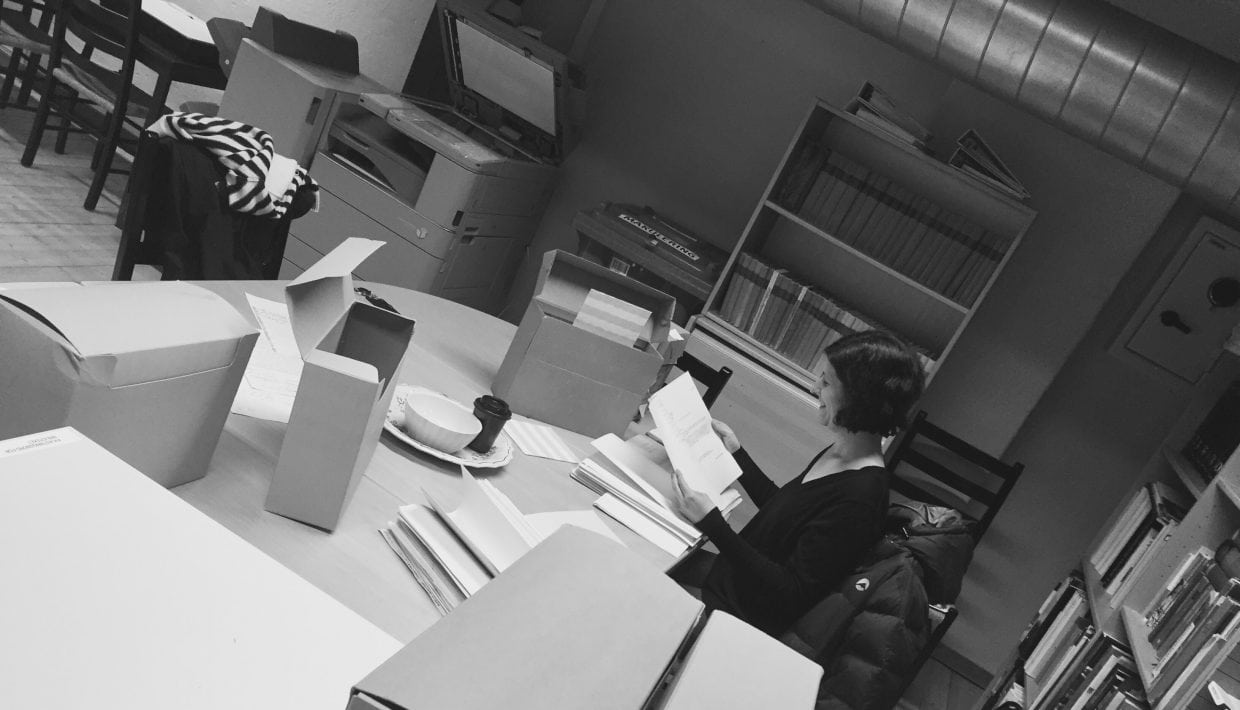
What may international and Norwegian governmental archives tell us about Norway’s first term on the World Heritage Committee?
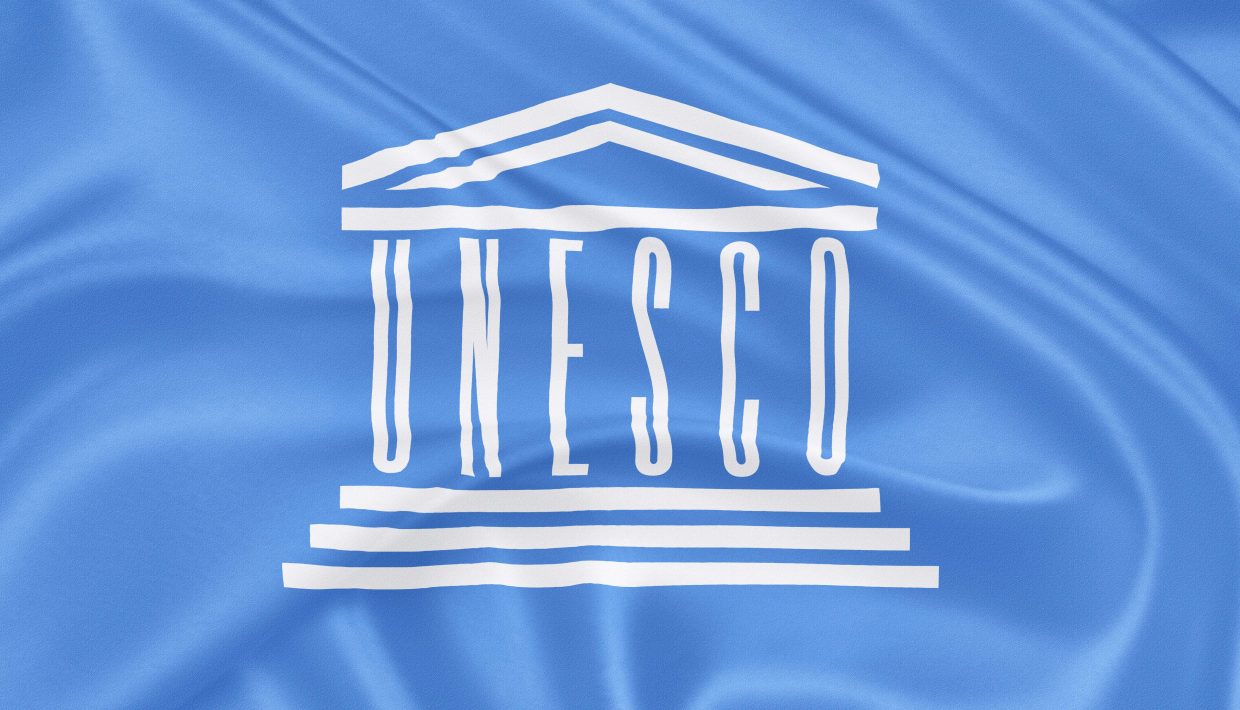
What happens when professionals in the international World Heritage bureaucracies become insider researchers?

We are accepting papers exploring future challenges for heritage managment
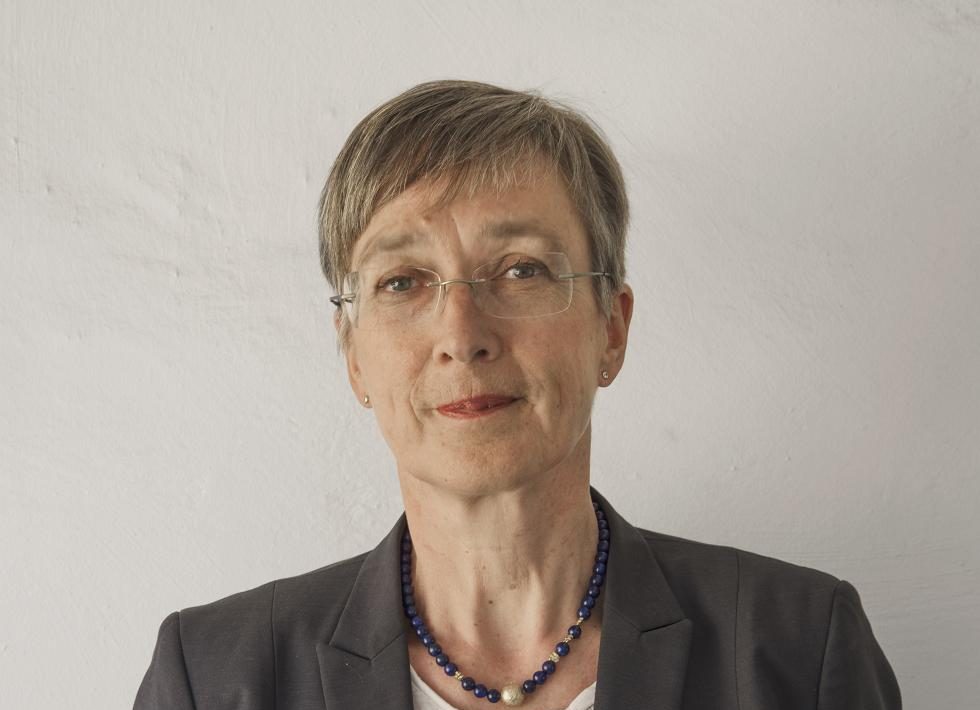
The board of the Norwegian Institute of Cultural Heritage Research (NIKU) has employed Kristin Bakken as new CEO of the Institute.
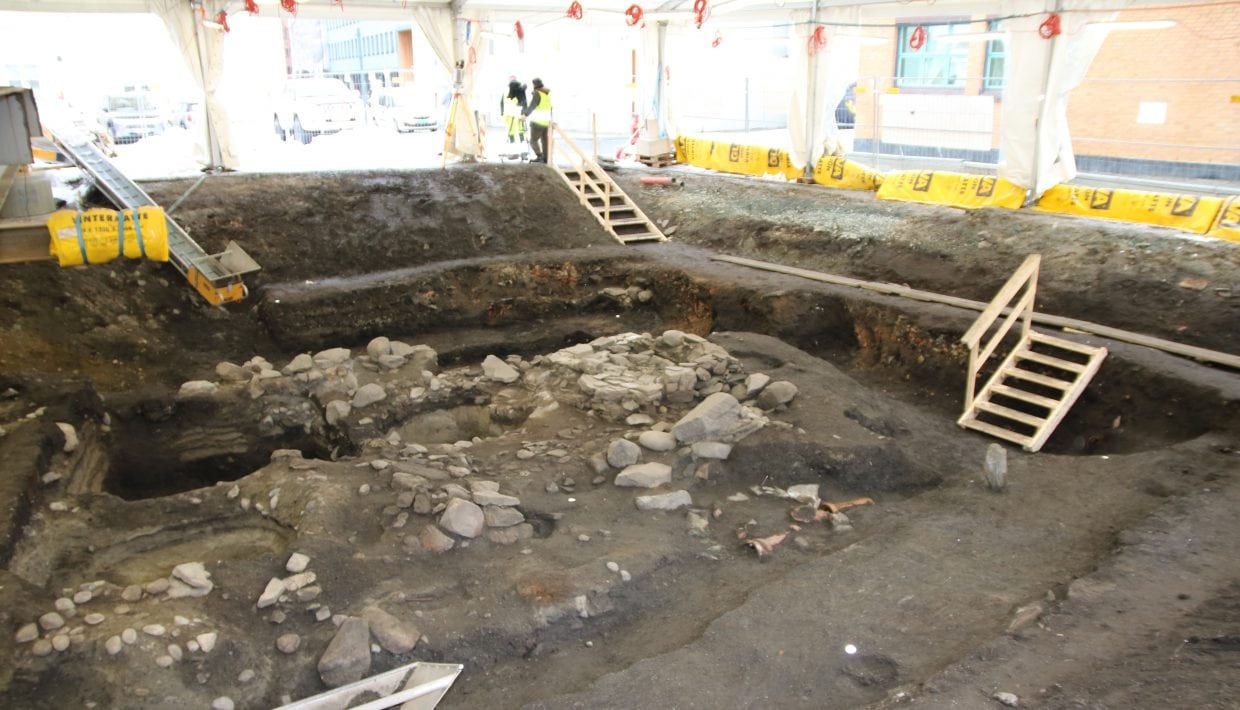
When archaeologists in the autumn of 2016 found what is probably the remains of the church of St. Clement, it was a small sensation. The finding was made in Søndre gate in Trondheim city center, and in February this year, the archaeological investigations continued.
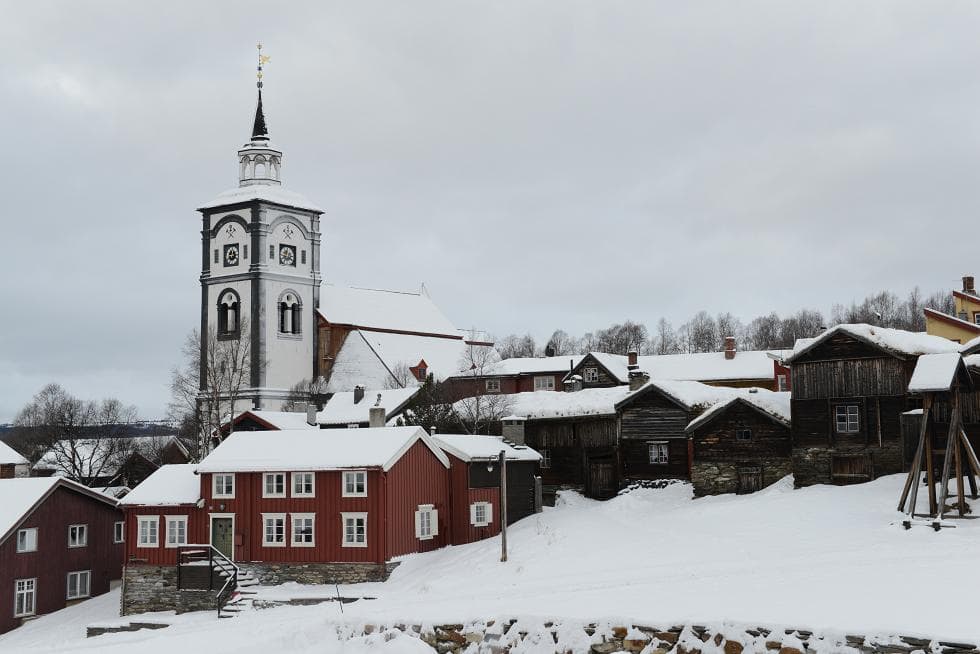
How to estimate the economic effects of cultural heritage?
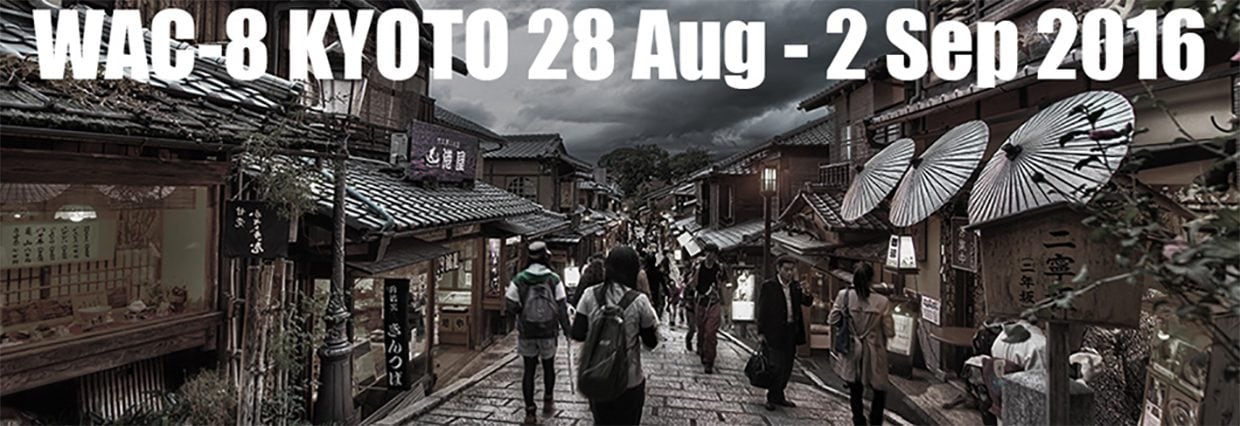
At The World Archaeological Congress (WAC) in Japan, 2016, debates about archaeology in present society was vividly explored.
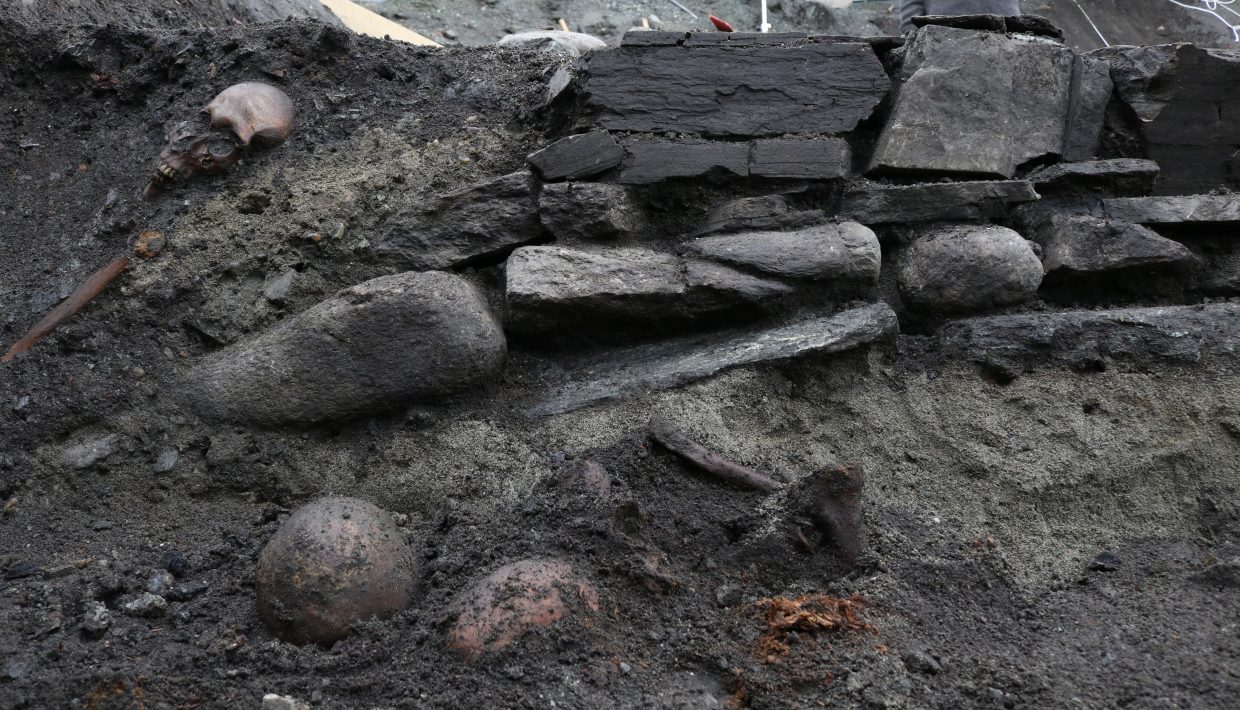
Archaeologists in Norway find the church where the Viking king Olaf Haraldsson was first enshrined as a saint. The find is sensational because it confirms Norse saga accounts of important events that occurred at the dawn of Christianity in Norway.
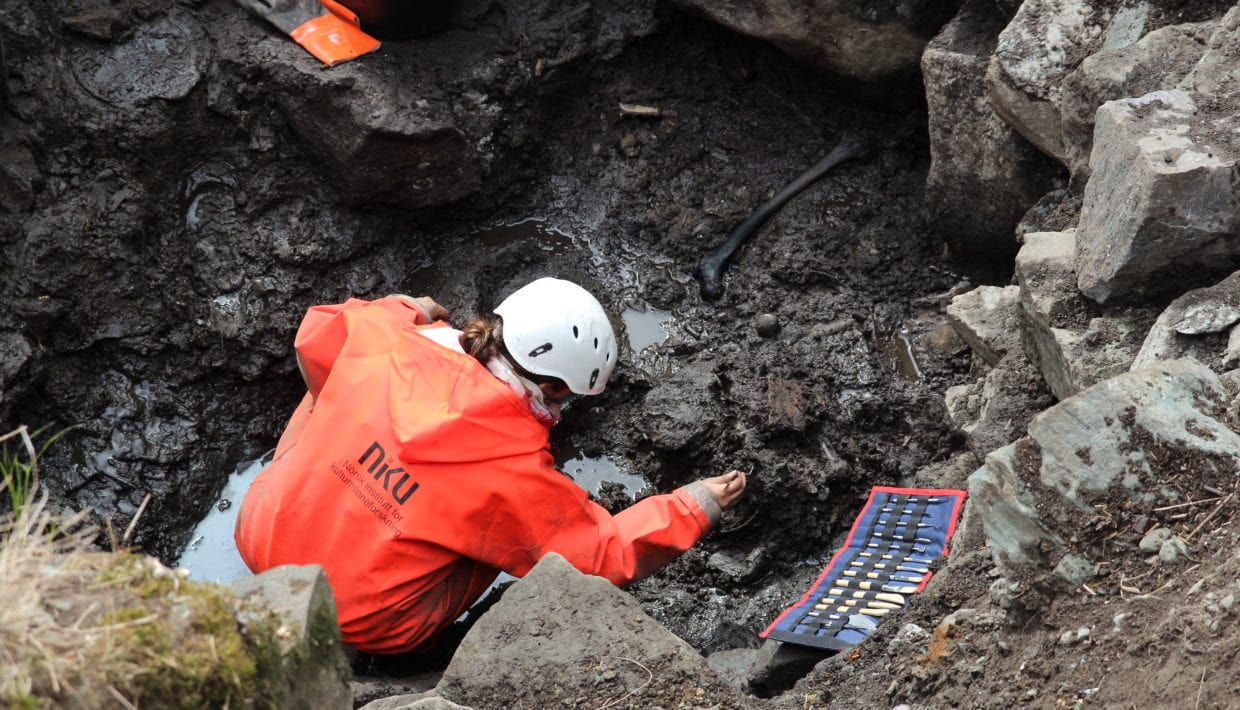
Archaeologists working in Trondheim in Norway are amazed by the discovery of a human skeleton in the bottom of an abandoned castle well. The skeleton provides evidence that confirms dramatic historical events mentioned in the Sagas.
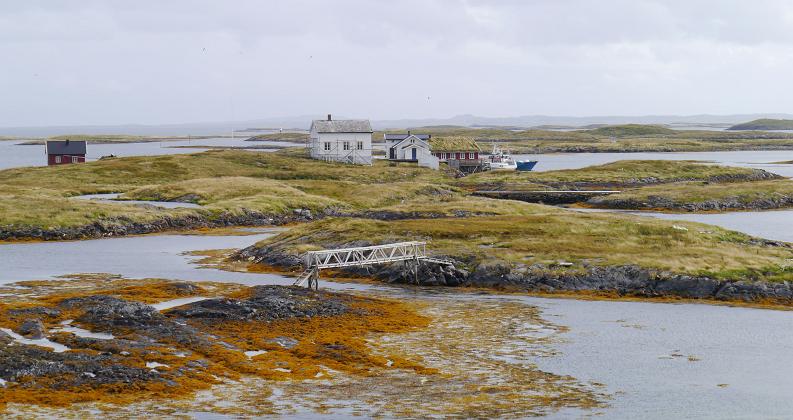
What’s the relation between World Heritage and local practices?